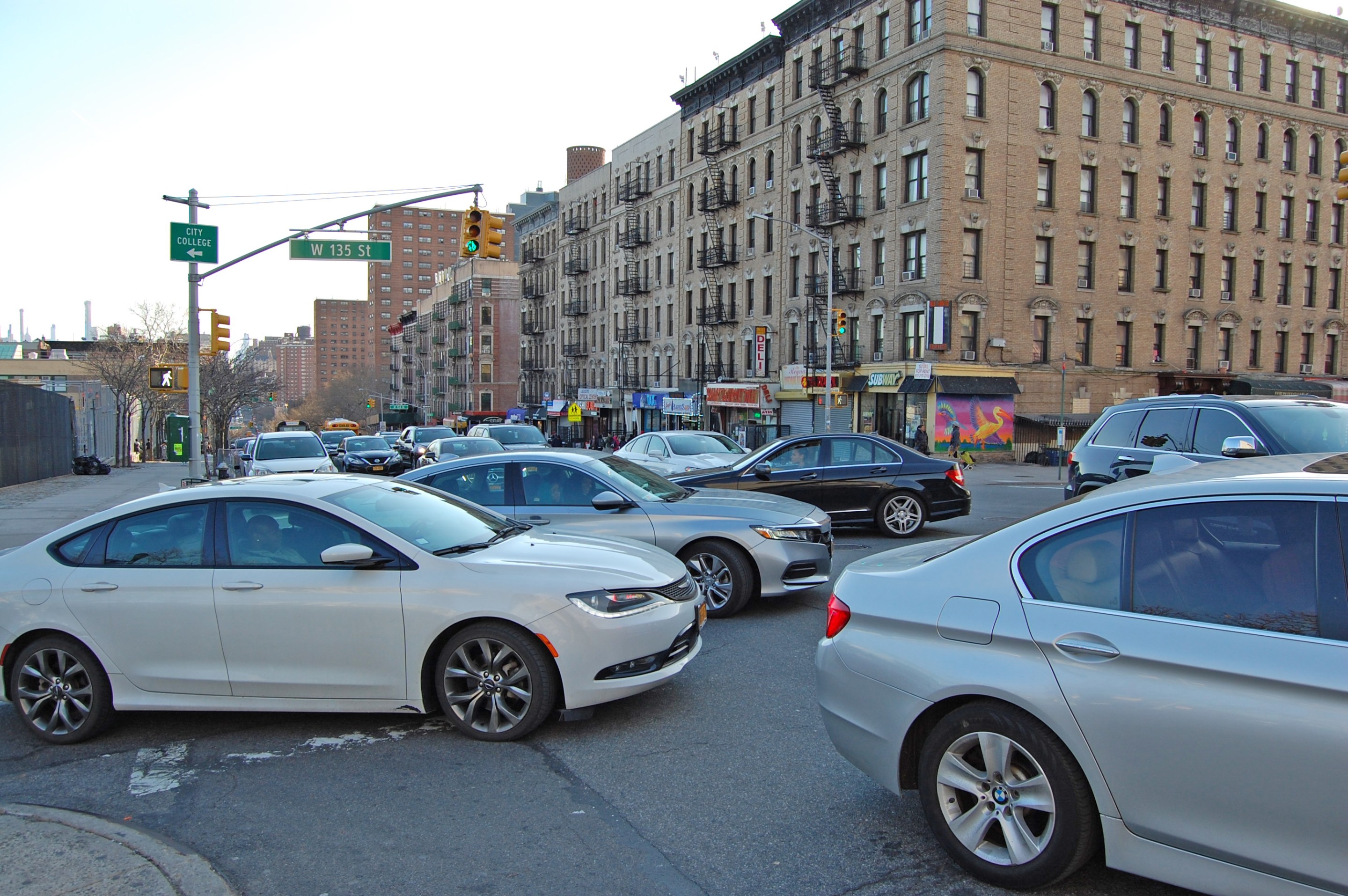See, fewer cars on the road means better emergency response times.
The mayor's latest management report dispels — again — the myth that bike lanes are slowing down cars, and specifically emergency response vehicles.
Last year, New York’s Bravest blamed an increase in emergency response times on three things: an increase in population, construction and congestion — caused specifically by an increase in cars, Streetsblog reported at the time. So it's no surprise that in the fiscal year that ended on June 30, 2020 — about four months of which included the coronavirus pandemic, when fewer people were driving — emergency response times improved, according to the report.
“Reductions in travel time may be attributed to lower levels of traffic citywide as a result of the coronavirus pandemic,” says the report, which was released late Thursday.
For years, bike lane opponents have tried to blame slower response times on cyclists and protected bike lanes, even so much as hosting what became a volatile meeting last year on what to do if “ambulances and fire trucks couldn’t get to you in time because of narrowed streets caused by bike lanes?”
That fear mongering over bike lanes followed similar false assertions from then-Queens Rep. Joe Crowley who claimed that bike lanes were to blame for a firetruck stuck behind illegally parked cars on Skillman Avenue, where a protected lane had just been installed, when video of the incident actually showed that illegally parked cars had blocked the firetruck; and from the Uniformed Firefighters Association, which told the Post that de Blasio’s Vision Zero initiative is to blame for increased response times.
“Vision Zero is fully intended to save lives from traffic accidents, but by [the city] adding in concrete barriers and flower pots and everything else like that, you’re basically eliminating the ability for emergency service vehicles to get around,” he told the paper last September.
But the true hindrance to emergency responders getting somewhere as quickly as possible is actually cars, which consistently double- and illegally park, blocking vital arteries for emergency vehicles. And the result is deadly.
Last year, because of the increase in car ownership in the city and rising number of daily taxi trips, including mostly for-hire vehicles like Uber and Lyft, response times for both fire trucks and ambulances were the slowest they had been in years in every category, including responses to structural fires, life-threatening medical emergencies, and all emergencies by fire companies, according to the report.
Specifically, the average response time by fire companies to all emergencies, which includes only the FDNY dispatch and travel time, took 5:15 — nine seconds longer than the previous year, and 23 seconds longer than in fiscal year 2016; and the average response time to structural fires last year was 5:02 — up four seconds from the previous year, and seven from fiscal year 2016.
But this fiscal year, the average response time to structural fires was 4:52 — a decrease of 10 seconds compared to last fiscal year; and the average response time by fire companies to all emergencies was 5:13 minutes — a decrease of two seconds, according to the report.
The decrease in response time came during a massive increase in the number of cyclists on the road — cycling on weekends has skyrocketed 57 percent and 26 percent on weekdays compared to this time last year, the Department of Transportation said — so clearly bikes aren't the issue. Meanwhile, the total number of vehicle miles traveled in the five boroughs was down by 71 percent, Streetsblog reported in April.
It's a cause-and-effect that's obvious to anyone actually on the street, not in a car, and has seen firsthand ambulances and firetrucks stuck behind an endless sea of cars, according to safe-street advocates.
“Anyone who's ever seen a fire engine or ambulance hopelessly trying to pry its way through gridlock can intuit that car-clogged streets are bad for emergency response times," said Transportation Alternatives spokesman Joe Cutrufo. "Turns out that trying to fill every square inch of space on our streets with traffic and parking doesn't leave much room for essential vehicles."





